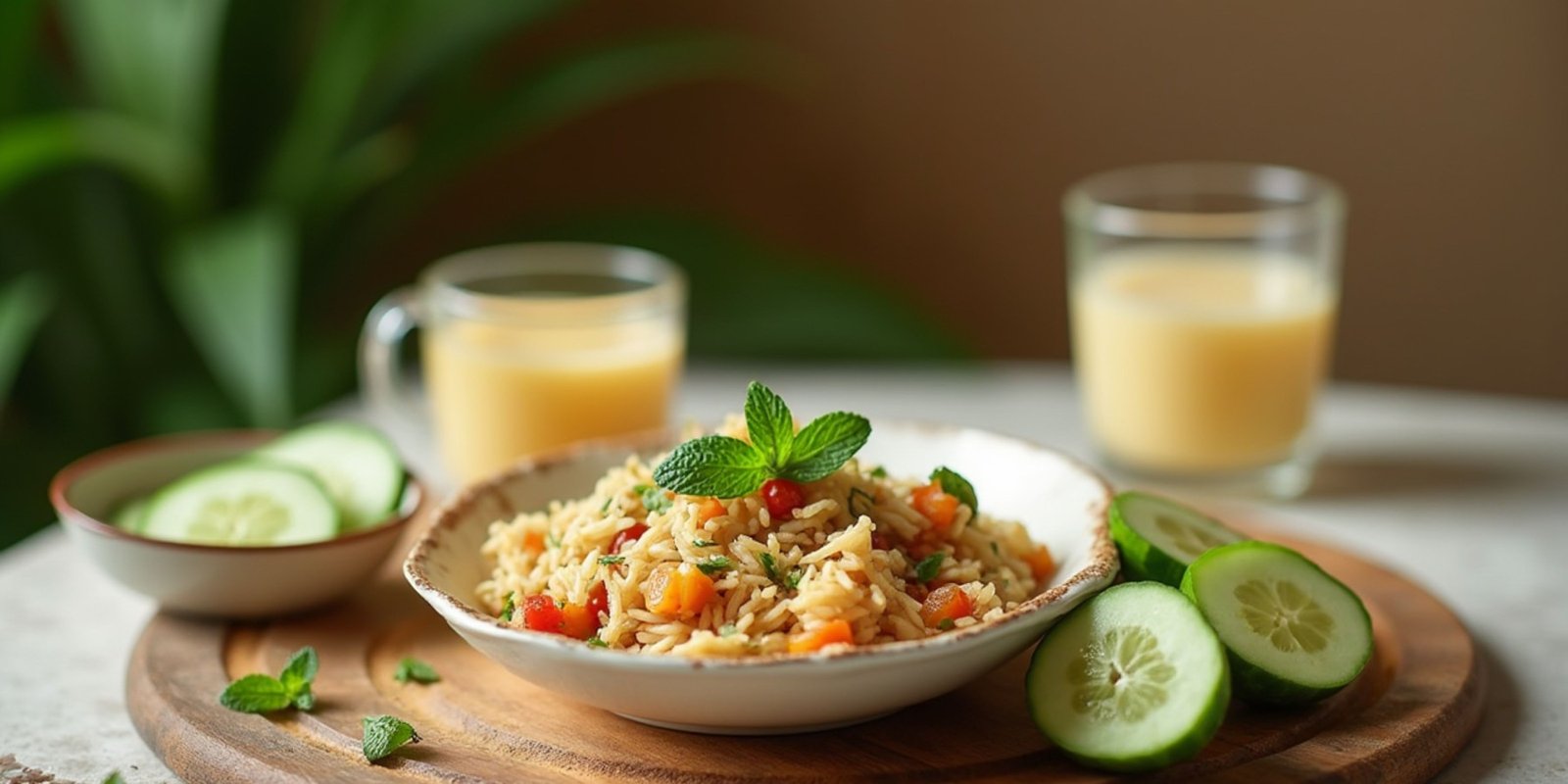

Dt. Natasha Mohan
Dietitian Natasha Mohan is one of the most influential and renowned nutritionist and dietitian, with over 3 Million Followers on YouTube and 200+ Million Views and with 10+ Years of Experience. Dietitian Natasha Mohan is a transformation expert, Motivational Speaker and Lifestyle Expert. She has touched million of lives. She specializes in Therapeutic Diets Like, PCOS/PCOD, Thyroid, Diabetes, Cholesterol, Blood pressure, and other lifestyle disorder.
Table of Contents
Best Pitta Diet Plan for Balance, Health, and Energy Daily
If you’re feeling overheated, irritated, or constantly drained, it might be time to explore the Pitta Diet Plan—a powerful approach rooted in Ayurveda that’s designed to cool the body, calm the mind, and restore inner balance. This diet is especially helpful for those with a dominant Pitta dosha, characterized by heat, intensity, and strong digestion.
What is the Pitta Dosha?
In Ayurveda, Pitta is one of the three doshas (body-mind energies) that govern our physical and mental constitution. Pitta is associated with the fire and water elements, responsible for digestion, metabolism, and transformation. When in balance, Pitta leads to intelligence, clarity, and vitality. When out of balance, it causes anger, inflammation, acidity, and skin issues.
The Pitta Diet Plan aims to pacify excess Pitta by favoring cooling, hydrating, and calming foods while avoiding spicy, oily, or overly sour items that ignite internal heat.
Key Principles of a Pitta Diet Plan
Here are the fundamentals of a proper Pitta-pacifying diet:
1. Choose Cooling Foods
Favor foods with sweet, bitter, and astringent tastes. These qualities cool down the fiery Pitta energy.
Vegetables: Cucumber, leafy greens, zucchini, broccoli, asparagus
Fruits: Sweet apples, pears, melons, berries, grapes
Dairy: Milk, ghee, and soft cheeses (all in moderation and organic)
2. Avoid Heat-Aggravating Foods
Stay away from foods that are spicy, salty, sour, or fermented as they aggravate Pitta.
Spices: Chili, garlic, ginger (in excess)
Meats: Red meats, fried foods, and seafood
Fruits: Citrus fruits, mangoes, and overly ripe bananas
3. Incorporate Healthy Grains and Legumes
Grains and legumes that are light and easy to digest help support energy without overheating the body.
Grains: Basmati rice, oats, barley, quinoa
Legumes: Mung beans, lentils, chickpeas
4. Stay Hydrated
Pitta types tend to “run hot,” so regular hydration is essential. Sip cool water or herbal teas like mint, fennel, or chamomile throughout the day.
5. Eat at Consistent Times
Eating meals at regular intervals balances digestion and maintains stable energy levels—key goals of any Pitta Diet Plan.
Sample One-Day Pitta Diet Plan
Here’s a well-balanced day to inspire your meal planning:
Morning (7:00 AM – 9:00 AM)
Warm water with a few drops of rosewater
Stewed apples with cardamom and soaked almonds
Herbal tea (mint or fennel)
Lunch (12:00 PM – 2:00 PM)
Basmati rice with mung dal khichdi
Steamed zucchini and spinach with coriander chutney
Fresh cucumber raita
Afternoon Snack (4:00 PM)
Coconut water or buttermilk
Fresh fruit (pear or melon)
Dinner (6:30 PM – 8:00 PM)
Barley soup with sautéed asparagus and carrots
Quinoa salad with avocado and coriander
Chamomile tea
Benefits of Following a Pitta Diet Plan
A consistent Pitta Diet Plan has long-term health advantages, including:
Improved digestion with less acidity and inflammation
Mental clarity and emotional balance, reducing irritability and anger
Healthy skin with fewer breakouts or rashes
Sustainable energy throughout the day
Better sleep, as a calm Pitta dosha promotes restfulness
Lifestyle Tips to Enhance the Pitta Diet Plan
Pair your diet with these daily habits to maintain overall balance:
Practice calming yoga or gentle stretches
Avoid extreme heat or overexertion
Maintain a regular sleep schedule
Meditate or do breathing exercises (like Sheetali Pranayama)
Spend time in nature, especially near water
Final Thoughts
The Pitta Diet Plan is more than just food—it’s a holistic lifestyle that cools, calms, and energizes both body and mind. By incorporating Ayurvedic drinks along with foods and habits that support your doshic balance, you’ll experience greater health, emotional stability, and vitality. Start small, listen to your body, and let Ayurveda guide your journey to wellness.
Sweet and cooling fruits like melons, apples, grapes, and pears are ideal. Avoid sour fruits like oranges and mangoes.
Yes, but in moderation. Milk, ghee, and soft cheeses are Pitta-friendly if organic and consumed fresh.
While occasional mild spices are okay, avoid hot spices like chili, black pepper, and garlic to prevent aggravating Pitta.
Many people experience improved digestion and emotional balance within a week, but lasting results come from consistency.
Yes, especially in hot climates or during summer. However, adjustments may be needed in colder months to avoid excess cooling.


